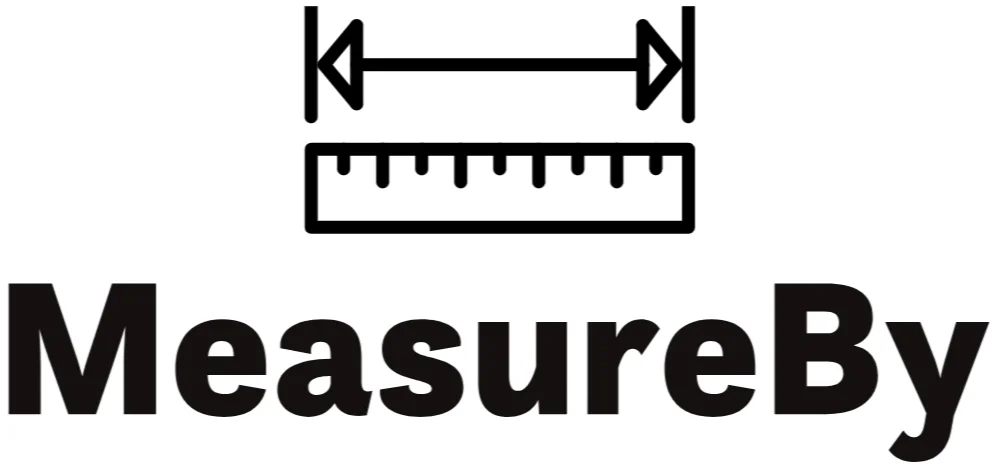How Long or Big Is 30 Inches? [with 7 Examples]
When it comes to measurements, precision matters. Understanding the real-world implications of a measurement like 30 inches can be crucial, whether you’re decorating a room, buying furniture, or simply trying to visualize a particular length.
In this article, we’ll dive deep into the question: How long or big is 30 inches? And to make it even clearer, we’ll provide eight examples to give you a comprehensive understanding.
30 inches equals 2.5 feet, which is roughly equivalent to 76.2 centimeters in the metric system. This measurement serves as a common yardstick for items such as rulers, TV screens, and rolls of fabric, offering a versatile means of gauging their dimensions.
This article covers:
Understanding the Basics
Before we delve into specific examples, let’s establish a clear understanding of what 30 inches actually represent.
In the realm of measurements, particularly in the United States, inches are a standard unit for expressing length or distance. Thirty inches is equivalent to 2.5 feet or 76.2 centimeters. It’s a length that falls between two and three feet, making it quite versatile in various contexts.
Example 1: The Average Height of a Toddler
Imagine a toddler standing upright, exploring the world around them. At 30 inches tall, they would typically be around 2.5 feet in height. This example gives us a tangible representation of what 30 inches looks like in the form of a small child.

Example 2: The Width of a Standard Door
Consider the width of a typical door in a household. Most interior doors measure around 30 inches in width. Visualizing this can help you imagine the size of a standard door frame, providing practical insight into the measurement.

Example 3: Your Computer Monitor
Take a moment to glance at your computer monitor. Many desktop monitors have a screen size of around 30 inches diagonally, but larger ones may measure up to 36 inches. This example highlights how 30 inches can translate into the size of a common electronic device.

Example 4: The Height of a Small Table
Think about a small table commonly found in living rooms or bedside settings. Many such tables have a height of approximately 30 inches, making them convenient for various purposes. Visualizing this height can aid in understanding the scale of furniture pieces.

Example 5: The Depth of a Kitchen Counter
Consider the depth of a standard kitchen counter where you prepare meals or gather with family. Kitchen counters often have a depth of around 30 inches, providing ample space for cooking and organizing utensils. This example illustrates the practical application of 30 inches in a household setting.

Example 6: Your Suitcase
Consider your suitcase for travel. A 30-inch suitcase offers ample storage capacity for extended trips. It allows you to pack clothing, essentials, and souvenirs comfortably without exceeding airline baggage restrictions.

Example 7: A Baseball Bat
Picture yourself with a baseball bat that’s 30 inches long. It’s just right for younger players or adults who want a shorter bat. You can swing it easily and control it well, while still hitting the ball hard.

Conclusion
In conclusion, understanding the dimensions represented by 30 inches is essential for various aspects of daily life, from furniture shopping to interior design.
By exploring these eight examples, we’ve gained a comprehensive understanding of how 30 inches manifest in different contexts, ranging from the height of a toddler to the size of household appliances. Next time you encounter the measurement of 30 inches, you’ll have a clear mental image of its significance.
